Aluminum wire rod 9.5
Aluminum wire rod is a foundational material in various industries, particularly playing a critical role in the production of electrical conductors and cables. But its applications extend far beyond power lines. Let’s delve into the world of aluminum wire rod and explore its key features and uses, all backed by reputable sources.
Strength and Flexibility: The Hallmarks of Aluminum Wire Rod
Made from high-quality aluminum, wire rod undergoes a rigorous manufacturing process that enhances its inherent strengths. The result? A product that boasts:
- Excellent Conductivity: Aluminum is a natural conductor of electricity, second only to copper. This makes wire rod ideal for transmitting power efficiently with minimal losses
- Lightweight Champion: Compared to its steel counterparts, aluminum wire rod offers significant weight reduction of up to 65% . This translates to easier handling, installation, and support for structures, particularly in overhead applications.
- Corrosion Resistance: Aluminum’s natural oxide layer, known as passivation, acts as a protective barrier against corrosion. This makes it a perfect choice for applications in harsh environments like coastal areas, where salt spray can degrade other materials
Versatility Through Alloys
By incorporating different elements like magnesium, silicon, or copper, manufacturers can tailor the properties of aluminum wire rod to meet specific needs. This allows for variations in:
- Strength: Certain alloys enhance the tensile strength of the wire rod, making it suitable for high-stress applications.
- Conductivity: While pure aluminum offers excellent conductivity, specific alloys can further optimize this property for efficient power transmission.
- Workability: Some alloys are designed for easier bending and shaping, making them ideal for intricate applications.
Applications: Powering the World and Beyond
Aluminum wire rod takes center stage in various applications, with its primary use being:
- Electrical Conductors : It forms the backbone of numerous conductor types, including:
- AAAC (All Aluminum Alloy Conductors): These are widely used in power transmission, particularly in coastal areas due to their superior corrosion resistance
- ACSR/ACSS (Aluminum Conductor Steel Reinforced/Supported): These combine the conductivity of aluminum with the strength of a steel core for high-voltage applications
- ABC Cables: Here, aluminum wire rod serves as a messenger cable, supporting the actual power conductors


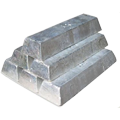
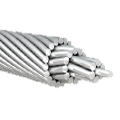
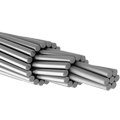
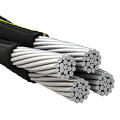
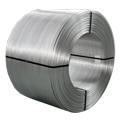
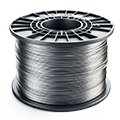






Reviews
There are no reviews yet.